As one of the most memorable cult leaders, David Koresh was a man with arrogance and grandeur. The leader of the Branch Davidians, his followers flocked around him and remained dedicated to the end. In 1993 his empire came crashing down with a siege at his Waco compound in Texas lasting 51 days. A standoff between a cult movement and law enforcement ended in a fireball, killing more than seventy Branch Davidian members including twenty-five children, along with their leader, David Koresh himself.
Who Was David Koresh?
Born in Houston, Texas on 17th August 1959, David Koresh was born Vernon Wayne Howell. Named by his young mother who struggled to raise him alone, he spent much of his childhood in the care of his grandparents. He was an intelligent child who showed interest in religion from a young age.
Those who grew up around him remember him memorizing and quoting sections of the Bible, keen for others to listen and engage. For a dyslexic child, his ability to recite complex passages was noted but he suffered bullying throughout his childhood, thought to have contributed to why he dropped out of school in the 11th grade at age 16 years old.
At 20 years old, David Koresh joined the Church of The Seventh Day Adventists, an avenue for his eagerness to learn and a place to share his understanding. His behavior, however, was not always good and he found himself kicked out of the Church after too many incidents for them to tolerate.
History of the Branch Davidians – Who Were They?
Victor Houteff was a Bulgarian young man who emigrated to the United States aged 22. With a life-long interest in religion, in 1919 Houteff joined the Seventh-day Adventist Church when he was 32 years old.
He was outspoken, passionate, and determined about his views and his belief that he was a direct messenger of God. After being kicked out of the Los Angeles branch of the church for being too oppressive with his views, he published them in 1930 and 1932 under the titles of ‘Shepherd’s Rod’.
These books served to increase his following and he set up his own branch, the Shepherd’s Rod Seventh-day Adventists. In 1935 the group settled in Mount Carmel in Texas. In 1942, Houteff broke free of the Seventh-day Adventists and formed the Davidian Seventh-day Adventists, collectively known as the Davidians.
During his reign, the group amassed a following of around 10’000 people worldwide.
In 1955, Victor Houteff died of heart failure, leaving his group under the command of his wife Florence. Her downfall was a confident call to all believers that 22nd April 1959 would be the day Christ would return.
More than 1000 followers sold everything they had and descended on the Mount Carmel compound to witness the miraculous events that were to unfold on April 22nd. This day came and went with nothing happening, resulting in many disillusioned, angry, and upset followers. The group dispersed and the work and following built by Victor Houteff was no more.
Some followers however still believed something was coming. A young man by the name of Benjamin Roden began to take the lead claiming the return of Christ was still to come.
He gave these followers hope and belief that all was not lost and he calls his group the Branch Davidians. In August of that same year, David Koresh was born.
While David Koresh was battling the difficulties of childhood and growing up, Benjamin Roden was increasing his empire, adding to the original Houteff teachings and gaining more followers. The Mount Carmel compound becomes the official headquarters of the Branch Davidians. In 1978, three years before the arrival of David Koresh, Roden dies and command falls to his wife Lois Roden.
The Rise of David Koresh
In 1981, David Koresh joins the Branch Davidians, making his home the 77-acre Mount Carmel compound. While a member he began an affair with Lois Roden, raising his level in the sect. However, he never did get along with Lois’s son George Roden.
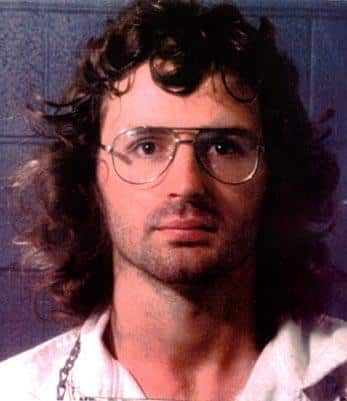
With tension rising between them, this would be the start of years of feuding. When Lois Roden died, a full power struggle ensured between her son, who saw himself as the rightful heir to become a prophet, and David Koresh who as the deceased’s lover wanted to take over the sect.
In 1985, David Koresh left the compound settling in Palestine in East Texas with a number of followers who were also disillusioned with George Roden. Tensions and arguments continued for two years between the two groups until Koresh and a number of his followers stormed the Mount Carmel compound in 1987 armed with guns in the dead of night.
The story of why David Koresh attacked with such force that night is not entirely clear. One version is that he had been told Roden had exhumed a body from the grounds of Mount Carmel in an attempt to resurrect the deceased woman. Another story goes that Roden challenged Koresh to prove who the true Prophet was by exhuming a body and bringing it back to life, but David Koresh told the authorities instead.
In order to obtain proof, this is what Roden was doing, along with seven of his followers on 3rd November 1987, David Koresh crept onto the Mount Carmel grounds. When confronted a gunfight broke out between Koresh’s group and Roden’s group, with Roden being shot in the process in the chest and right arm.
When the local sheriff and his deputies arrived after the sound of gunfire had ripped through the area, they demanded all weapons be handed over to them, to which Koresh duly complied. Koresh and his seven men were charged with the attempted murder of George Roden. In 1988 they went on trial. David Koresh claimed he went to the compound to uncover ‘corpse abuse’ carried out by Roden.
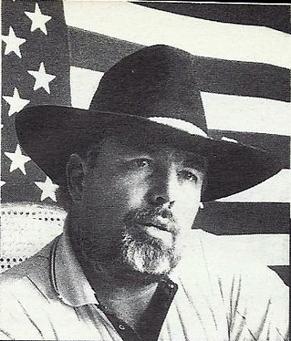
In his court appearance against Koresh, George Roden openly explained how he exhumed a woman’s body to raise her from the dead. This only served to encourage the jury to drop charges and acquit David Koresh and his men of any wrongdoing.
In the end, George Roden caused his own downfall in his fury against David Koresh. Roden was enraged by his arch-enemy and his friends were not being punished and shouted from the rooftops that Koresh must be imprisoned. His outrage got him charged with contempt of court and he was sentenced to six months imprisonment.
Less than two years later, George Roden was not doing well at Mount Carmel and was losing support and spiraling further into debt. He found himself convicted and imprisoned in a mental institution for murder after he violently killed a man. Dale Adair told George Roden he was the Messiah. In response, Roden split open Adair’s skull with an axe.
With Roden in prison and owing thousands of pounds in taxes, the path was clear for David Koresh to step in and become the leader of the Branch Davidians.
Raising the money to buy Mount Carmel, David Koresh finally had himself in the position of power he craved with no rivals. In 1989, eight years after his arrival as a Branch Davidian follower, David Koresh had gained total control with his name joining the long list of cult leaders already seen such as Marshall Applewhite and Jim Jones.
He relished his new-found power and people flocked to him, convinced his word was the truth and he was the real Prophet. He built up Mount Carmel to include a chapel, sleeping quarters, a gym, a swimming pool, and work areas. At the same time, he ensured his empire was protected by installing watchtowers.
Weapons and ammunition were one of the main work areas, repairing them for sale. He began building an arsenal of weapon parts, chemicals for explosives, night vision scopes, and supplies of ammunition, but in doing so he was starting to draw attention to himself. The authorities started to wonder just what was going on behind those walls.
Source: ABC News, ‘What it was like to be a Branch Davidian under leader David Koresh’
In 1990 David Koresh, who up to this point had been known by his birth name of Vernon Howell, legally changed his name to ‘David Koresh’. His choice of name highlights his ego; ‘David’ after King David and ‘Koresh’ which is the Hebrew name for Cyrus the Great.
The Psychology of Cult Leaders
David Koresh was not the first cult leader to announce himself as a Prophet of God. Jim Jones, the leader of the People’s Temple, a man who showed pathological narcissism as many cult leaders do, claimed he was Jesus. With a psychological unraveling when he realized authorities were closing in on him, Jim Jones led 914 of his followers in a mass suicide at Jonestown in 1978.
Marshall Applewhite is another of the well-known cult leaders showing dangerous narcissist traits. He proclaimed to his followers he was a Messiah. Similarly to David Koresh, he predicted a doomsday was coming which resulted in another cult mass suicide in 1997 by his Heaven’s Gate group.
Cult leaders are primarily male and have an immense ego and a desire for a following. They are also individuals who believe they are entitled to a following because they are special and they are unique. The higher status cult leaders achieve within their group, the more they feel looked up to and respected. This, in turn, drives their need for power and control and the further they will extend their practices to get it.

In the years from 1981 after joining the sect, David Koresh had gradually been taking ‘wives’. Young girls, one reportedly only 12 years old, were married to him under his preaching that he is ‘entitled to have at least 140 wives’.
He added doctrines to the beliefs of his followers that he was the only one who could interpret the Scripture, that all the wives in the commune ‘belong’ to him and everything he does is led by God, and that he is Jesus Christ.
Reports of abuse, beatings, punishments, sleep deprivation, and intimidation methods all suggest he controlled his group through fear and punishment. A punishment that only became worse if anyone dared to disagree with him or his teachings.
Few people were able to break free of his regime and those who did told of horror inside the compound walls. People began to talk about what was going on inside the Mount Carmel compound and David Koresh’s leadership. Questions were being asked and more disturbing tales were being unearthed as to the goings on behind those protected walls.
The 1993 Waco, Texas Siege
After suspicious packages were reported being delivered to the compound, an arrest warrant was issued for David Koresh to search Mount Carmel. On Sunday morning, 28th February 1993, the Alcohol, Tobacco, and Firearms Unit (ATF) launched a raid.
A huge convoy of vehicles made their way towards the compound containing at least seventy ATF agents in full SWAT attire. Reporters got wind that something was happening and started to make their way to the area. Asking for directions they happened to ask the one man who could warn David Koresh of the impending raid, David Jones, the local mailman who was also Koresh’s brother-in-law.
When ATF descended on the compound, David Koresh did not let them in and gunfire broke out from both ATF agents and Koresh’s group. Four agents were killed and a number wounded with six Davidians killed inside the compound. An uneasy cease-fire ensured with ATF agents trying to figure out the best course of action while Koresh’s group no doubt prepared themselves for a further attack. The FBI arrived and took over command of the operation at Mount Carmel. It was now Monday morning on the 29th February 1993. Their Hostage Rescue Team was drafted in to try and negotiate a peaceful outcome.
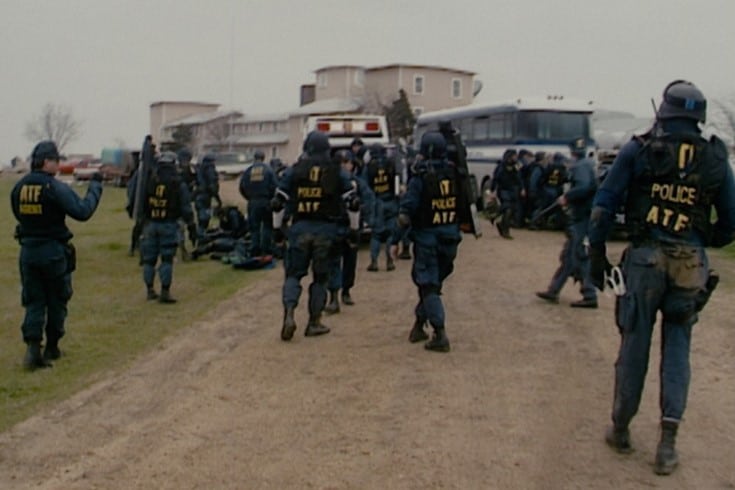
Their negotiations were reported to be mainly one-sided with David Koresh using the opportunity to tell of his message, his teachings, and his beliefs for hours at a time. This continued for seven days with the world by this time watching from a distance, with reporters and cameras getting as close to the compound as possible to record the unfolding scenes.
Over that first week around twenty women and children did emerge from the compound. The FBI tried various different pressure tactics to push the group out; loud music, floodlights, switching off the electricity, and distraction grenades, but all failed to entice more than a handful of people out.
The siege in total went on for 51 long days. David Koresh and his group remained inside in sporadic contact with negotiators. Dr. Dietz, a forensic psychiatrist, and consultant to the FBI attended the standoff at Waco on 2nd March 1993 at the FBI’s request.
Dr. Dietz, through background material on cult leaders, David Koresh and the Branch Davidians, attempted to provide a psychological assessment of Koresh’s state of mind. He stated he thought ‘it unlikely that Koresh would leave the compound voluntarily‘ and expressed concerns Koresh may be suicidal. He highlighted the ‘grandiose delusions‘ of David Koresh, his goals of power, control, and domination.
David Koresh agreed to end the siege and come out peacefully if his message would be broadcast on national media. In a complicated dialogue, David Koresh demanded his message is heard and various agreements were made to broadcast it. The idea was that Koresh would then surrender.
The FBI, however, was suspicious. Concerned that these motions were further delaying tactics by Koresh and not genuine. They moved forward with their plans to use tear gas to force members to come out of the compound.
On 19th April 1993, the FBI put a riot control agent into the building and the Davidians responded by returning fire.
A number of fires broke out inside Mount Carmel. The FBI called the fire department for immediate assistance but by the time they arrived, the fires had taken hold and the buildings were all but destroyed. Nine Davidians made it out of the building alive. Once authorities were able to enter the compound, the devastation they found was clear. The bodies of seventy-five Branch Davidian members were scattered around the compound, many of which were children.
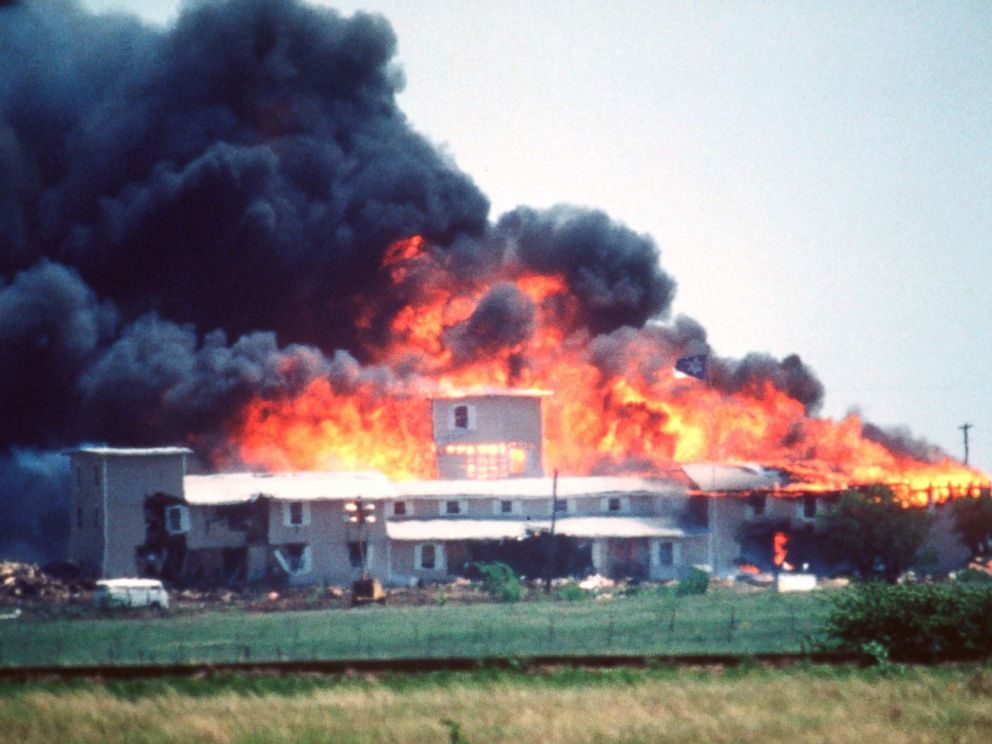
Huge investigations were launched after the siege into the behavior, decisions, and actions of everyone involved. The Branch Davidians had come to an end with so many of its members and their leader killed in what is now known universally as the ‘Waco Siege’.
In an extensive and detailed report on the role of experts to the Deputy Attorney General on the events at Waco Texas, it is evident just how many people the FBI contacted for expert advice during the siege and how they were contacted by many offering their assistance which was not always appropriate or welcome.
Today the Branch Davidians remain as a small group. Some still live on the Mount Carmel compound which has a memorial to those who died at its entrance. An annual Branch Davidian reunion takes place to mark the anniversary of the siege, seeing around one hundred attendees each year.
Many members, some who left the compound during the siege in 1993, still believe in David Koresh. Clive Doyle who escaped the fire, now 72 years old, has spoken publicly about how he and fellow members ‘were not duped by Koresh’ and their belief ‘that God will resurrect this special group’ regarding those who died on that day. His autobiography ‘A Journey to Waco’ discusses the group’s beliefs and their faith that David Koresh really was a Prophet of God.
“Most people think ‘cult’ about us and think we are people who were brainwashed and deceived. They think our church members don’t know what they’re doing or where they’re going. Hopefully, my story can open their eyes.” – Branch Davidian Survivor Clive Doyle
As reported in the New York Daily News “the Mount Carmel community believed the A.T.F’s first strike was the fifth seal. While F.B.I. negotiators assumed Koresh was keeping his followers hostage, the Branch Davidians may have just been faithfully waiting for the Biblical story to come true”.
Despite the tragic ending and the deaths of over seventy Branch Davidian members, it appears some will always believe in the teachings of David Koresh and that one day, he will return.
Related Books:
- A Journey to Waco: Autobiography of a Branch Davidian – “survivor Clive Doyle not only takes readers inside the tragic fire and its aftermath, but he also tells the larger story of how and why he joined the Branch Davidians, how the Branch Davidian community developed, and the status of survivors.”
- Stalling for Time: My Life as an FBI Hostage Negotiator – “The FBI’s chief hostage negotiator takes readers on a harrowing tour through many of the most famous hostage crises in the history of the modern FBI, including the siege at Waco, the Montana Freemen standoff, and the D.C. sniper attacks.”
- Waco: David Koresh, the Branch Davidians, and a Legacy of Rage – “The definitive account of the disastrous siege at the Branch Davidian compound in Waco, Texas, from former investigative reporter Jeff Guinn, bestselling author of Manson and The Road to Jonestown.”


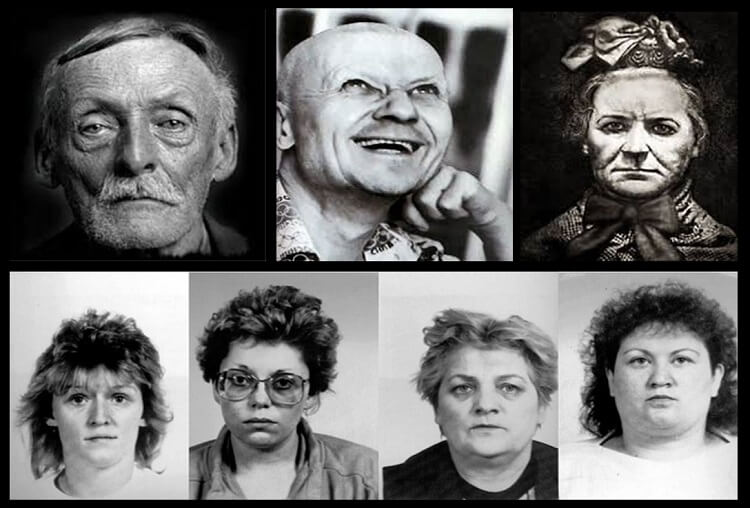
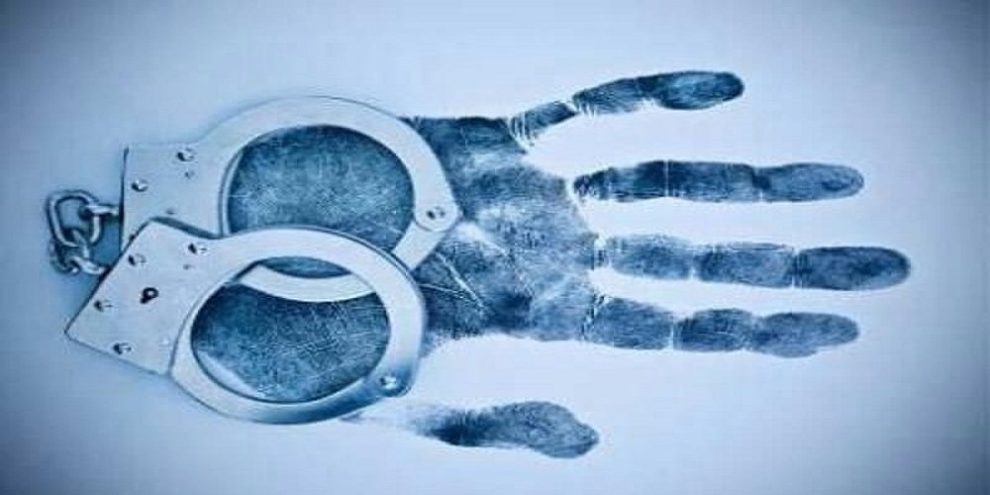
daaved krash was a true liaer an a rapest of children he deseverd to die what I do not under staned is how he gought so many wapens with out a back grouned check coule some one please explan this to me thanks
I do not believe that he raped any children. Where is your evidence for that? People stayed with him because they wanted to believe his message. It was a tragedy and we should feel sorry for all those who died. What a better world it woul be without religion.
Hi Anna, thanks for your comments. I think this is the exact question over cults and cult leadership. While group members desperately believe the messages of their leader, their free will and choices are most often eradicated through manipulation, false promises and controlling behaviours, leaving them in incredibly vulnerable states and trapped in a very dangerous environment. Koresh was reported to have ‘taken’ many wives during his time as leader some being very young and barely teenagers. What happened in Texas in 1993 was indeed a tragedy and an entirely avoidable one. Over 70 group members died on that day, all individuals whose lives should never be forgotten.
Excellent read, I just passed this onto a colleague who was doing a little research on that. And he just bought me lunch as I found it for him. So let me rephrase that: Thanks for lunch!